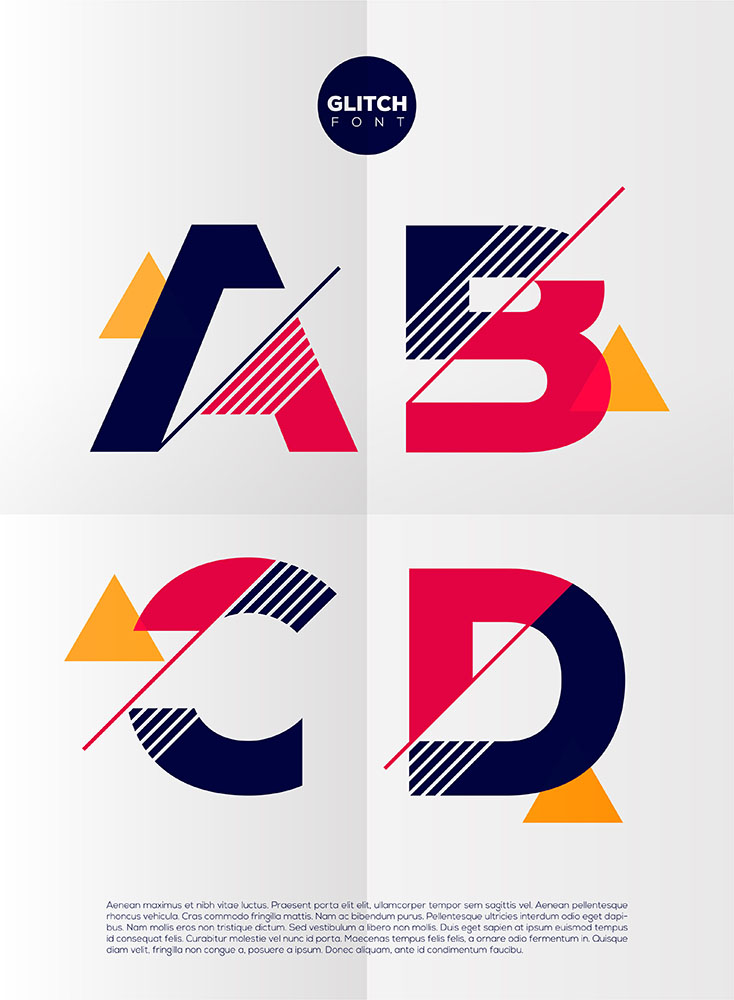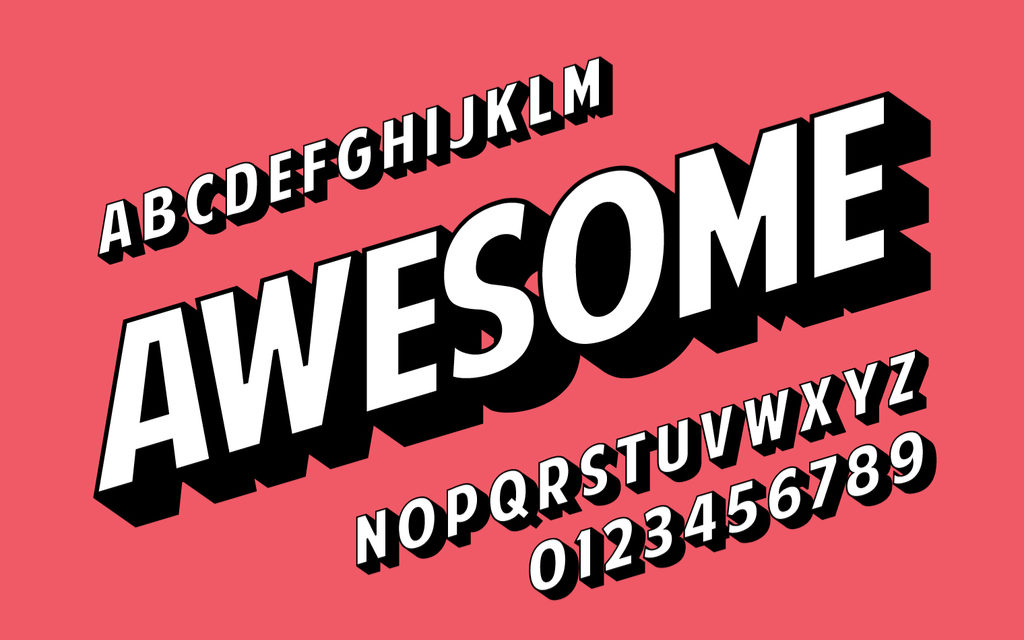Readability Starts with the Look of the Text
In the fast-paced world of marketing, advertising and social media, especially for small-business owners/local advertisers, the fundamental elements of communications are often overlooked. The “need for speed,” or creating advertising materials, commercials and social media content quickly to beat the competition and maximize foot traffic and sales, has resulted in poor consumer/customer communications, which minimizes the readability of what is being created.
The font you choose to represent your brand/store is one of those fundamental elements of communications, so permit me to provide you with some insights about how to choose the right one for you.
- Don’t confuse typeface and font – Because of the ease with which typefaces and fonts can be applied and changed on a computer and whatever software you may using, they are generally interchangeable names. Understanding the difference was more important during the days of setting metal type to print a newspaper, magazine, flyer, etc.
To be specific, however, typeface is the text’s design, such as Times New Roman, Calibri, etc., although these names are often called fonts. Font is actually the combination of the typeface, the style you choose, such as bold, italics, etc. and the size. Times Roman in 10- and 12-point are the same typeface, but they are two separate fonts because the sizes are different.
Best uses for the 5 basic categories of fonts
- Serif fonts, such as Times New Roman, Palatino and Garamond, are distinguished by the extensions beyond the main body of the font. This is a traditional font that is most often used in books, formal letters, etc. Generally, its used is avoided in digital media because we tend to scan such content quickly rather than read slowly when enjoying a book.
- Sans Serif are fonts without the extensions seen in serif fonts. “Sans” is French for “without.” Examples are Verdana, Futura and Skia. These are generally considered as modern fonts and are very readable.
- Script fonts, such as Apple Chancery, Lucida Calligraphy and Snell Roundhand, certainly lend themselves to fashion and similar content and, of course, are often seen on wedding and other types of invitations. Retailers should be careful about choosing this font, as it doesn’t work very well for store signage or outdoor advertising, because it requires more time to read and comprehend.
- Handwriting fonts may have more uses in this age of consumer personalization when marketing/advertising messages are created to appeal to specific customers (often by name) and not just broad target audiences. Examples include Lucida Handwriting and Mistral. Again, these should be avoided for signage, outdoor, etc.
- Decorative fonts are, as the name implies, are best limited to decorative uses, but also work as text-only logos because of their immediate impression. Examples include Chalkboard, Hercularum and Stencil.

Important Do’s and Don’ts
- Choose a font that reflects your brand/store image and the kind of products and services you market.
- As I mentioned above, some fonts work well on a sign, but not in social media content and vice versa. Take the time to determine all ways your brand font will be used to make the right choice.
- Your brand/store font must also be compatible with the other design elements you might use, such as color, art, etc.
- The general rule is no more than three different fonts in any communication, but also be sure they complement, not conflict, with each other.
- Compare the upper-case and lower-case letters “I” and “L” with the numeral “1,” so your audience isn’t confused, especially in terms of prices, times, etc.
- Experiment with the font tracking, or the space between letters, to gauge readability.
Media Group Online’s mission is to provide our members and all media sales reps and advertising agencies with information and insights that they can share with their prospects and clients. By doing so, they build trust and are recognized as consultants who are able to address their clients’ concerns, alleviate their pain points and make significant contributions to the growth and success of their businesses.

